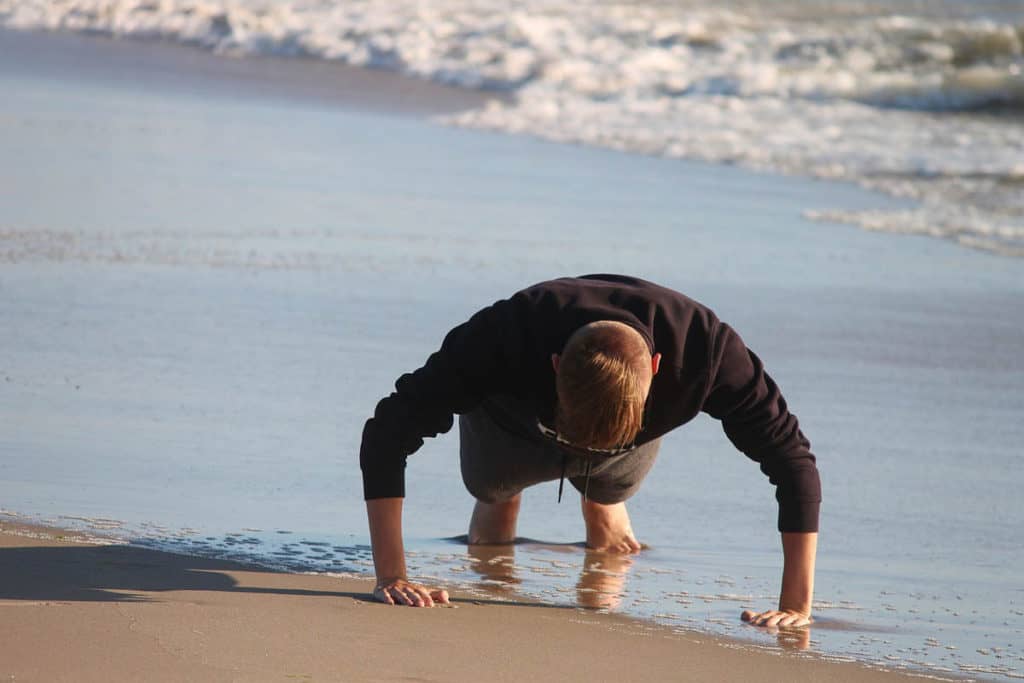We all want to be flexible, agile, and nimble. Stretching is something that we should all have in our workout routines. For others stretching is the primary workout as in the case of yoga sessions. Yes, stretching packs plenty of health benefits. It improves your range of motion and performance in physical activities, but too much stretching could be detrimental to your health.
Yes, there is such a thing as too much stretching. That happens when you push your muscles and tissues beyond their stress limits. There are three types of over-stretching. The first one is holding a stretching position for too long, and the second one is stretching routines that are too frequent for your body’s natural healing process to occur. The last one is overstretching, pushing too far past your limits.
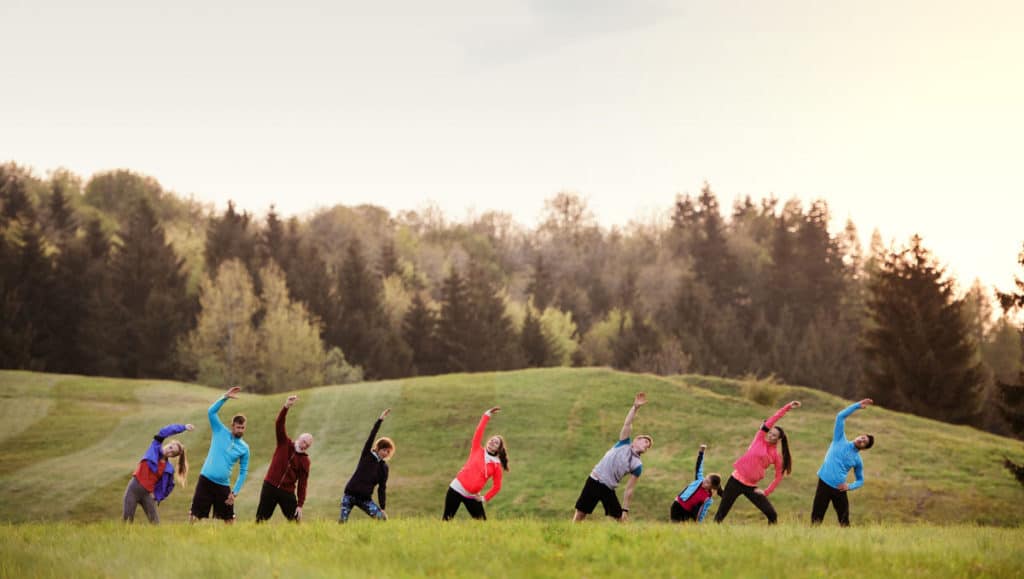
The Science of Stretching
A sedentary life is the number one cause of stiff muscles and a limited range of motion. Even so, the desiccation and moisture loss that happens as we age also leads to tissue hardening, even for the physically active.
Muscles start to stick together and interlink cellular-wise, thus limiting movement. Overtime, collagenous tissue develops over or on the interlinked muscle fibers, making them unyielding and unresponsive to motion.
Stretching reverses this process by exciting the formation of tissue lubricants and by gradually pulling apart cross-linked muscle fibers. Remember that these organs aid your everyday motion by contracting and relaxing. They are supposed to work rhythmically and coordinate in a sequence that allows for wide ranges of motion.
What Contributes to Overstretching? How does it Happen?
Scientists have recently found that muscle fibers can stretch up to 150 % of their original length without tearing. This expendability is often the end goal for various stretching routines.
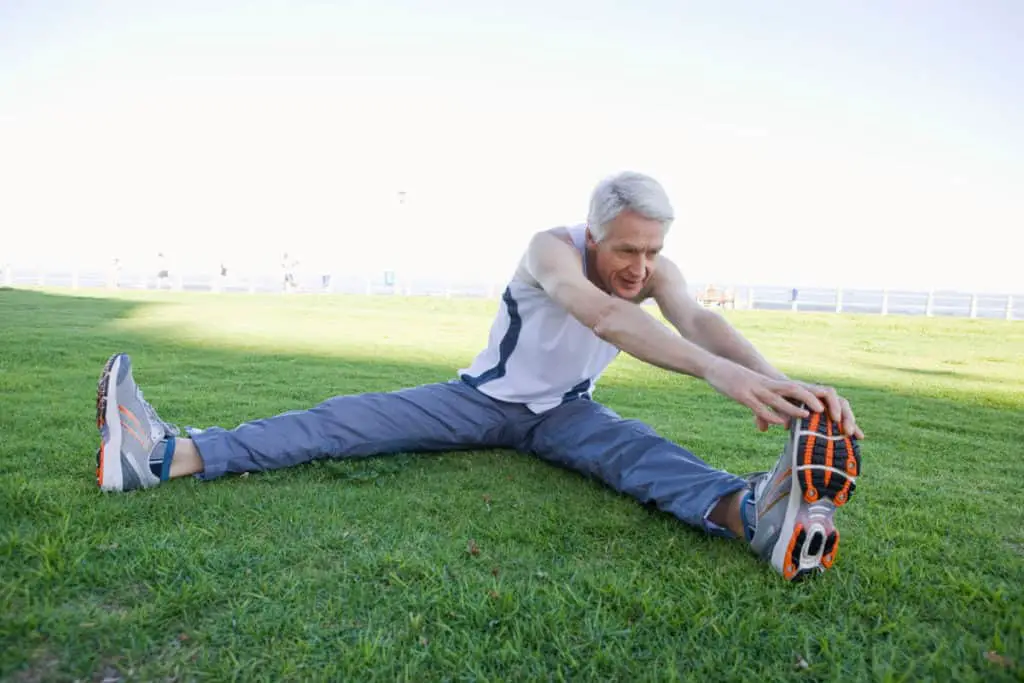
Too Frequent Stretches
The stretching routine needs to be deep and long to lengthen the tissues. It is akin to weight lifting, how you gradually ‘break’ your muscles and force them to recover and grow bigger and stronger. When you stretch your muscle tissues near to the 150 % mark, your tissues grow back a little longer.
But the healing and recovery process takes a long time. Performing lots of stretching exercises before the healing process completes, places you at risk of muscle pulls and tears. It’s, therefore, essential to incorporate a resting period before your next stretching routine. Your body needs to heal. The resting period, experts say, should be as long as it takes for you to stop experiencing soreness.
Inelastic Connective Tissue
We dwell too much on how flexible our muscle tissues are. In truth, our range of motion also depends on the elasticity of the surrounding tissue. If you don’t have routines that target muscle relaxation, there is a big chance that you will stretch more than is necessary to compensate for the limited range of motion that you get.
The connective tissues are the cells that bind all muscle fibers together, covering them and linking them to other organs. Massage therapies, for instance, can help to reduce muscle tension and constriction. For maintaining the right balance and muscular extendibility without tearing, consider slotting in a massage session between your stretching routines.
Inattentiveness
Stretching happens both on a physical and mental level. On the psychological level is what the experts call CNS adaptation, and it is very critical for the elongation of your muscle tissues. The central nervous system adaptation is when your mind learns or creates a memory for a particular movement to retain an extended range of motion and prevent injuries when you do it again. Stretching exercises should, therefore, involve your mind and emotions, as is espoused in yoga practices.
Most yoga practices start with a mindfulness session, such as meditation or breathing exercises—this helps to improve your alertness/ attentiveness when you get into stretching. Attentiveness during a stretching exercise helps to listen to your body so you can know where your limits are.
Bouncing when Stretching
Ballistic stretching, as they call it, often leads to overstretching and muscle tears. It also leads to trauma in the connective tissues. All forms of stretching should be performed in a relaxed fashion where you can similarly be alert and listen to your body.
The stretching routine should not place excessive force on the muscles during the movement. Those jerky movements do not help your muscles but only make them prone to injury and tears. These uncontrolled movements may cause irreparable damage to tendons and ligaments.
Tendons, the connective tissues that link bones to muscles, are naturally stiff. And they should be stiff so that you can sustain fine motor coordination like passing a thread through the eye of the needle or tying your shoelaces. Ballistic stretching can pull these tissues beyond their ability to recoil. They then become lax and less helpful in your movement functions.
Ligaments are like tendons. They can only put up to a limited amount of stretching. Ligaments link bones together, and over-stretching them destabilizes the joints, kills your range of motion and raises your risk of injury. When you stretch while bouncing, your actions pay no attention to these connective tissues.
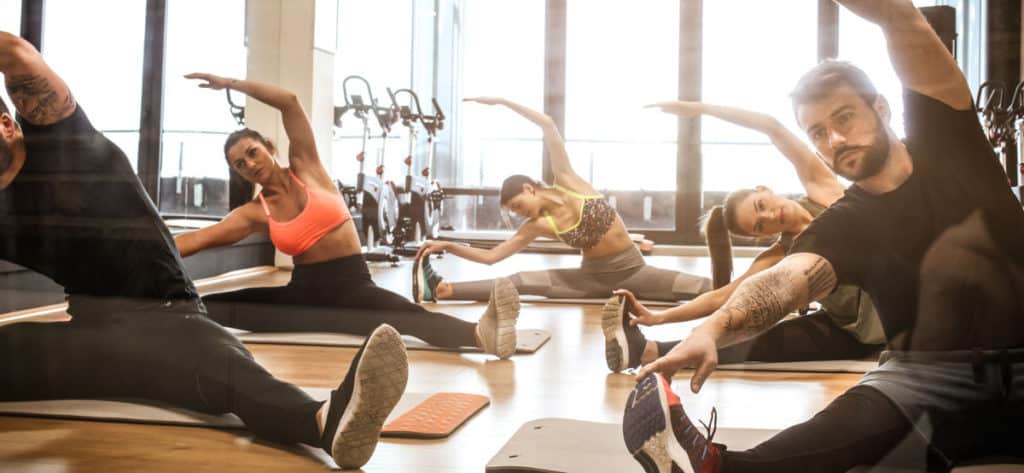
Lack of Reciprocal Inhibition
This is unbalanced stretching, in simple terms. It is when you stretch a single set of muscles while forgetting the other. For instance, when targeting improved flexibility on the arm, most people stretch the biceps and forget to stretch the triceps.
People tend to focus on stretching their back muscles but forget their chests, which can lead to rounded shoulders as the tight chest muscle pulls the front of the shoulder forwards.
There are many different types of muscles involved in any single movement. And there is a neurological connection that allows one set of tissues to relax as the other one extends or contracts. Relaxation is and should, therefore, be an essential part of the stretching routine. The rule of the thumb is this: relax the muscle groups that are not engaged in stretching. After you finish, find a routine that involves the muscles that rested in the previous round.
Stretching too Fast
Ease into it and allow your body time to get accustomed to the new muscular elongation and movements. As stated earlier, your CNS builds memories of every stretching movement. It is a learning curve that takes time. Be patient.
Experts recommend that you stop stretching when you start to feel discomfort. Try again next time. Each new session will allow you to push past the previous limit. You may not be able to do a head-to-knee on the first day, but you will get there if you work slowly towards it.
Flexibility researchers confirm that it is the small and progressive steps that achieve tangible results in a stretching exercise. Your muscle fibers have many networks of sensors, running perpendicularly to the tissues and sensing how far and how fast your muscles are elongating. Too much pressure on the muscle fibers stresses these sensors.
If this stress comes and goes gradually, it is easier for your body to adapt, but if it comes fast and goes too far, these sensors send a signal that triggers an instant protective contraction. That is how a prolonged stretching routine becomes counterproductive—your body starts working against you.
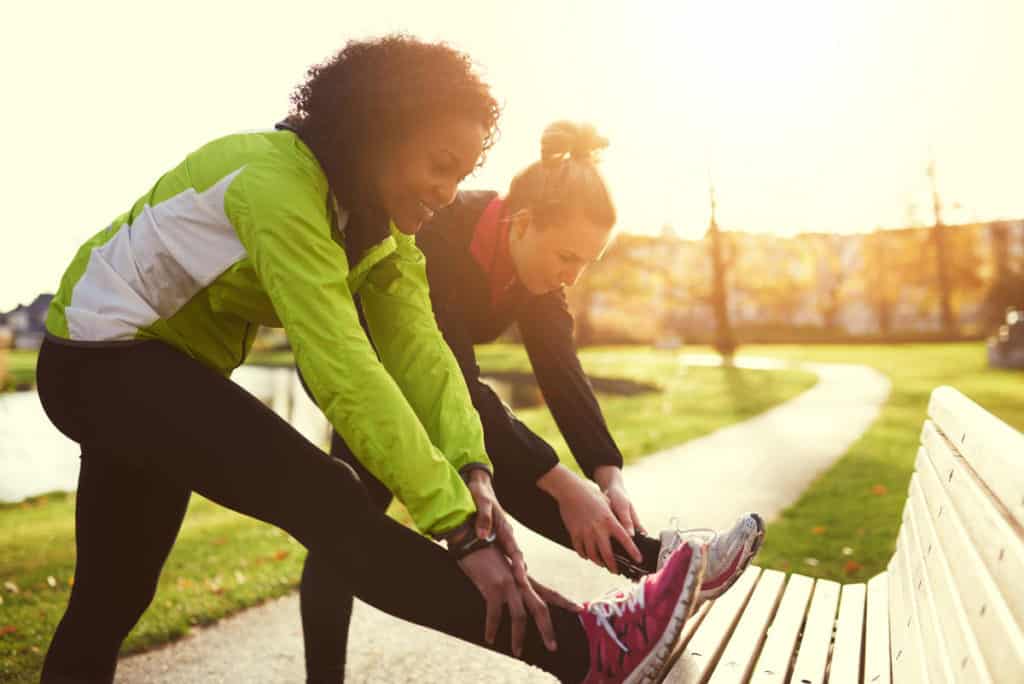
Competitive Stretching
If you have been to a competitive yoga class, you understand that too well. When you are stretching next to an individual that does everything expertly and with ease, it’s a significant risk –you may catch that competitive spirit and attempt a stretch that your body is not ready for. You might also move too fast and rip a muscle. It’s essential to find a pace and routine that works best for you. Do not gauge your progress based on what others can do.
I must admit that I’ve been a bit too competitive when it comes to the warm-up stretches for karate. I practice Shotokan karate, stretching, and flexibility play a big part in martial arts, this is why the warm-up includes stretching.
What Happens when you Stretch too Much?
Injuries
You put yourself at risk of injuries, including muscles and ligament tears. Too much-stress/pain on your muscles means that you are overdoing it or that you are not giving yourself enough time to heal. Overstretching puts pressure on your muscles and connective tissues. The result could be injuries that reduce not only your range of motion but also physical performance.
Muscle Weakness
Over-stretched muscles become weaker. Tendons and ligaments, when stretched too much, for instance, lose tension and fail to recoil. The result could be an inability to move as you used to before.
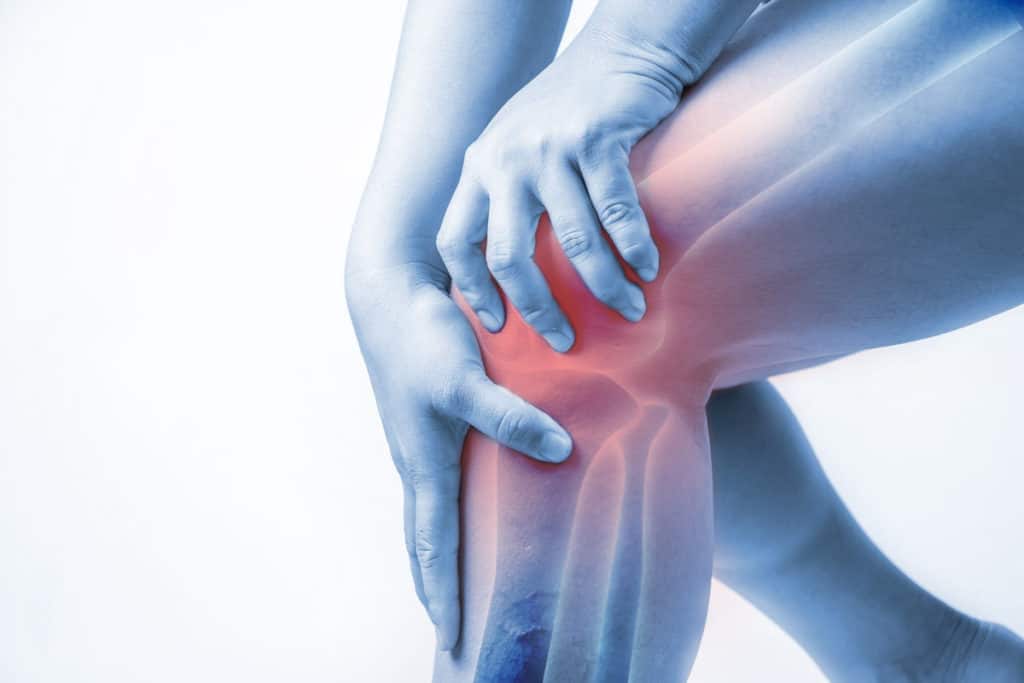
Inflammation and Joint Pain
Muscles, tendons, and ligaments all have blood vessels traversing them. Overstretching interferes with healthy circulation and leads to soreness and inflammation. You will notice that your muscles ache all the time, and they only seem to feel better when you start stretching again.
That’s because the heat that results from stretching improves circulation. If this is currently happening to you, it means that you have been stretching too much.
Numbness
Just like too much stretching interferes with the circulatory system. It can affect the nerves as well. Commonly occurs on the sciatic nerve that travels from your lower back to your legs and the toes. Forcing your leg over your head before allowing your body to ‘learn this process’ can overstretch the sciatic nerve. The result would be pain and even numbness in your extremities.
Crackly Joints
Your shoulders pop, your knees click, and your neck feels grumpy all the time. These are signs that you have been doing your stretches past your natural limits. As a result, your joints have become unstable, hence the explosive sounds when you move.
Limited Range of Motion
If you find that you struggle to walk or move your hands after a stretching workout, that’s a cue to tone it down next time. When you overdo it, your muscles tighten up, instead of loosening. It can be excruciating to get them ‘in the zone’ the next time you start stretching.
How Long Should you Hold Stretches?
Thirty seconds is the recommended maximum amount of time to hold a particular stretch position. An excess of this could start the process of a muscle tear or damage your tendons and ligaments. The minimum length for holding a stretch is 15 seconds. Anything less, specialists say, will not result in the structural changes needed to effect tissue elongation.
Dynamic stretches are recommended as warm-up sessions before an exercise such as strength training. Static stretches serve as cool-downs to prevent injury. There are subtle differences between these two types of stretching and the amount of time for holding each one.
Dynamic stretching involves movements intending to improve your blood flow and ready your muscles for the following activity. The stretching routines in this case are shorter (less than 15 seconds), and you do not push your muscular tissues to that end position where elongation occurs.
Static stretching is when you hold a position at your very extreme range of motion without feeling pain or experiencing muscle and ligament tears. This is where you hold that position for between 15 and 30 seconds.
In static stretches, it is critical to allow yourself time to relax into the position. That is how you activate CNS adaptation so that the brain learns that it needs to allow a broader range of motion when you do the same movement next time. At the same time, you must know your limits. Whenever you experience pain after a given stretching exercise, it means that you held it for too long.
How Long in a Day Should you Stretch?
Twenty minutes is the recommended time for a stretching session. Experts say that stretching for more than 20 minutes in a day is counterproductive—it makes your muscles sore and stiff, and it becomes as though you never did any stretching at all.
It’s also essential to target several muscle groups in those 20 minutes. These include muscle groups of the neck, chest, trunk, shoulders, lower back, legs, hips, and ankles-at least. Aim for two repetitions for each 20-second stretching routine. Yoga practices tend to be slightly longer because they involve several non-stretching routines, such as breathing exercises and corpse poses.
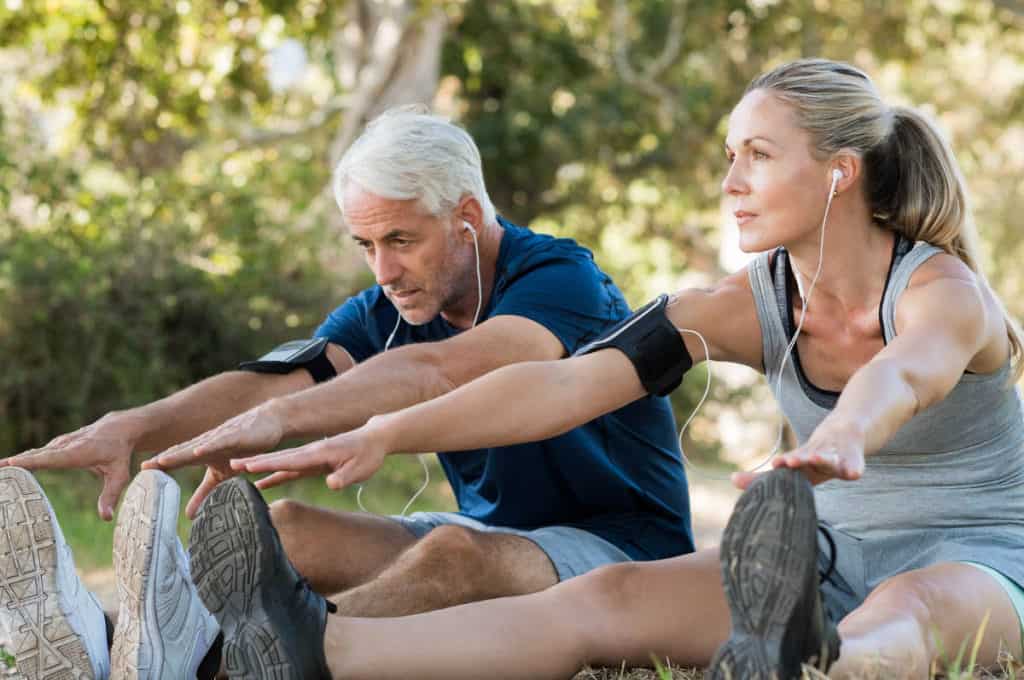
How Often Should you Stretch?
Consistency is key, but there should be enough days in between for your body to heal. Infrequent stretching can increase your risk for muscle injuries whenever you get back to it. So, stretch whenever you exercise, that is, before and after your workout. If you don’t have a regular workout routine, Mayoclinic advises that you should stretch three times a week to improve flexibility.
Shorter stretching sessions several times a week are better than a longer stretching session once a week. However, research shows that muscle elongation does not happen any faster when you stretch every day. The peak is at three days.
Realize that static stretching is not just about training your muscles; it also involves training your muscle sensors and the brain. Improving agility with stretching, therefore, takes a long time. The mental conditioning aspect of it is gradual, as you teach your muscle sensors to accommodate more tension little by little without initiating the ‘brakes’ that could work against you.
When Best to Stretch
Perform dynamic stretches before an exercise to warm up your muscles. Studies show that dynamic stretching because it involves movement and improved blood flow, can significantly improve physical performance. This type of stretching also improves the reactionary time of nerve impulses, which is key to enhancing flexibility. Examples of dynamic stretching include side shuffles, backpedal jog, arm circles, and trunk rotation.
End your workout with a static stretch. These routines relax your muscles, and as such, it would be a big mistake to perform them before a workout routine. They can slow down your performance. Examples of static stretches include hamstring stretches, calf stretches, and flamingo stretches. They work best when your body is already warm.
The best time of the day to work out is when you have no time pressures that interfere with your routine. That happens to be morning or evening. And because stretching, for a better part, demands a higher degree of alertness, you might find that morning sessions work better for you.
But stretching in the evening has its benefits too. At night, your body temperature is warmer, and your muscles are already primed from the walking and stair-climbing you have been doing all day. You, therefore, won’t need to spend much time on dynamic stretching.
If time is a scarce resource, there are certain stretching routines that you can do at your desk while at work. There are also routines that you can do while watching TV. These two, stretching at work and on your couch, serve an essential function: they break up long periods of extended sitting, which research says is detrimental to your health in hundreds of ways.
Make stretching a part of your day
Because stretching is the shortest workout routine ever, you can do it whenever a window of time opens up. You can use the 20 seconds you have before hopping into the shower in the morning, even if you snoozed your alarm. You can use the 30 seconds window before that boring meeting starts. You can do some routines before going to bed.
Conclusion
Stretching should be a painless workout routine. If you experience pain, it’s is a sign that you are stretching too much. Thirty seconds is your maximum time to hold a stretch, and three days a week is the recommended stretching frequency. You can stretch at any time of day.



